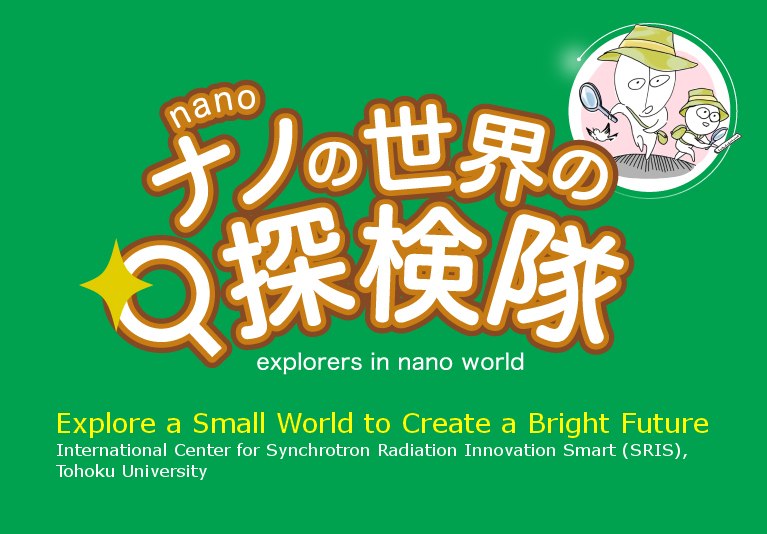The synchrotron radiation facility - A giant microscope that helps us explore nano-worlds
Synchrotron Radiation facilities around the world
There are many research centers around the world that use synchrotron radiation, an extremely bright light, to observe the shape, movement, and color of various objects.

World map of SR facilities(PDF) download
Researchers from industry and academia gather at these facilities with their research topics.
Making the best use of Synchrotron Radiation facilities is the key to making our world a better place.
There are nine SR facilities in Japan, the last of which was built about 20 years ago. Since then, many modern facilities have been built around the world.
A state-of-the-art synchrotron radiation facility is being constructed in Sendai, and it is scheduled to start operating in 2023.
In the future, we can all use these facilities to make discoveries and create new things to improve our society and make the world a better place.
Synchrotron light in the starry sky
What is synchrotron radiation?
In the night sky, far away, is the Crab Nebula, a supernova remnant and pulsar wind nebula.
The glow of the Crab Nebula is produced by synchrotron radiation.

Producing synchrotron light on earth
The synchrotron radiation facility currently under construction in Sendai is a giant microscope where we can create and use synchrotron radiation.
In Japan, there is the world's largest synchrotron radiation facility, "SPring-8".
SPring-8 has a circular accelerator with a circumference of about 1,500 meters.
The circumference of the circular accelerator in the new facility will be 350 meters, about a quarter of the length of the one at SPring-8.

Why is the facility circular in shape?
The electrons released by the electron gun are accelerated to almost the speed of light by a linear accelerator, and then guided into a circular accelerator where they orbit and emit synchrotron radiation.
Magnets bend the direction of the electrons which are travelling at nearly the speed of light.
The accelerator consists of a vacuum tube that serves as a pathway for electrons accelerated to the speed of light, many magnets that control the direction of the electrons, and an acceleration cavity that supplies the lost energy of the electrons.
When electrons accelerated to the speed of light are bent, some of the energy of the electrons is stripped away and a straight, bright light is emitted. This is synchrotron radiation.
The circular accelerator continues to orbit the electrons, supplying them with the energy that has been released as synchrotron light.

Many magnets in a row
At the new facility, magnets with different roles (red, blue, and yellow) are grouped together and placed in 16 locations, as shown in the picture below.
In the gaps between those magnets, special magnets that look like piano keys (called insertion devices) are installed to provide brighter synchrotron light.
At the new facility, we can use synchrotron radiation at 28 locations simultaneously.

Using synchrotron light to see things
We can place an object that we want to examine at the end of the emitted synchrotron light. The irradiated light interacts with the object. It is then detected by the machine’s eyes, its features are worked out by the machine’s brain, and the result is then converted into an image that can be seen by a human.
Even "nano-worlds", which are not visible with the naked eye, can be seen with the help of synchrotron radiation and these machines.

What is Nano?
"Nano" means 1000,000,000 times smaller. One nanometer is 0.000000001 meters.

What would you like to see using synchrotron light?
What kind of things would you like to see? Animals, plants, soil, water, gas, food, buildings, vehicles... Please think about what you would like to see with synchrotron light. If we could see and understand them better, we could make our world a better place! Your ideas are always welcome, so why don’t you draw a picture of your idea?
Some examples of what researchers are thinking about
-
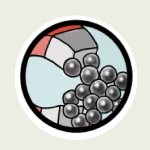
How can we make even stronger magnets?
What are the differences between strong magnets and weak magnets? Does the strength of a magnet depend on the arrangement of its North and South poles?
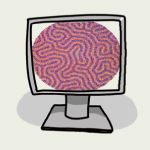
-

How can we make food even safer and more tasty?
What is it about food that makes it sweet or nutritious? How can we transport food long distances without it becoming spoiled on the way?
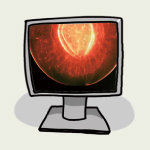
-

How can we make materials that are useful for making us better?
If we suffer a serious injury, can we make a new replacement part out of artificial materials?
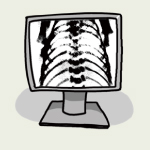
-

Can you make a shampoo that grows hair?
Where do hair nutrients come in and where do they go out? How do gray hairs form?
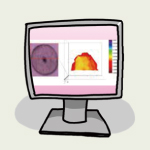
-

Examining the environment through microorganisms
Is it possible to determine the safety of soil and water by examining the microorganisms that live in them?
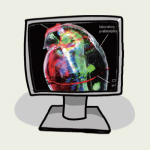
-

Can we make safer and more effective medicines?
After we take medicine, where do the ingredients of the medicine go, where are they stored, and where do they leave the body?
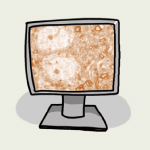
-

Can we make buildings that don't break?
Can we design materials that will make buildings resistant to falling down or materials that are easy to break?

-
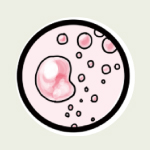
The science of water, the science of foam
What is the finest foam we can make? Can we create water droplets that do not evaporate and protect the skin from drying out? Can we produce water that can be used for disinfecting and cleaning?
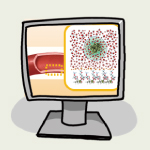
-
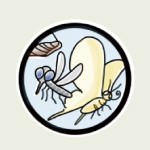
Can we see and imitate how insects move and behave?
How does an insect suck honey or blood, and how come they can jump so far?

-
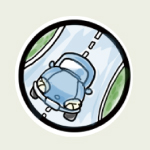
How can we create vehicles that are kind to people and environmentally friendly?
How can we make a light car that can go a long way on little fuel, tires that last a long time, and a filter that cleans exhaust fumes?





